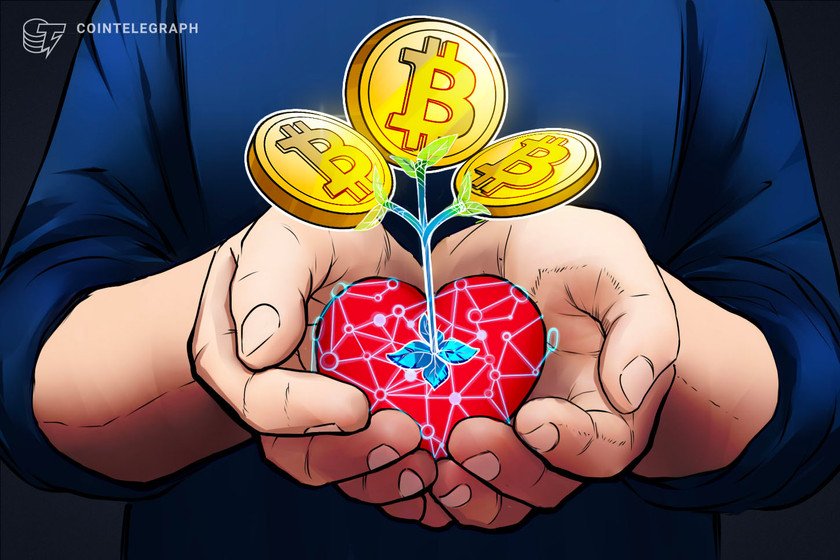
Wife of Hal Finney announces Bitcoin charity event

She said that the event seeks to raise funds to provide assistance for victims of ALS.
Fran Finney, the wife of crypto pioneer Hal Finney, has announced a charity event to benefit victims of amyotrophic lateral sclerosis (ALS). Discussing the event on Twitter, Finney encouraged Bitcoin users to run a half marathon and share their experiences on social media between January 1 and January 10, 2023, to help raise funds to fight the disease.
https://t.co/xpcvzCmtMd Hi everyone, this is Fran Finney, wife of Hal Finney, an early pioneer of Bitcoin. I want to let you know about a special event I’m organizing in honor of my husband. Thank you for all your interest in Hal and your support… he would love it! 1/5
— halfin (@halfin) December 27, 2022
The announcement was made by Fran Finney, using Hal Finney’s official Twitter account. The account had previously been reactivated by her in order to save it from Twitter’s purge of old accounts.
Running Bitcoin — so called after the first-ever Bitcoin tweet, which was made by Hal Finney just a few days after Bitcoin went live in 2009 — is being held in cooperation with the ALS Association Golden West Chapter. According to its website, the organization provides equipment loans and educational materials to people who live with ALS.
Running bitcoin
— halfin (@halfin) January 11, 2009
The charity said itis seeking to raise funds from the event by offering official “Running Bitcoin” t-shirts and rare Hal Finney collectibles to some contributors.
Hal Finnney was an early pioneer of cryptocurrencies. In 2004, he created Reusable Proof of Work (RPOW), a system that allowed Hashcash coins to be reused by recipients. RPOW is often seen as a type of proto-cryptocurrency, although it used a central server instead of a decentralized network.
Finney also contributed code to the Bitcoin codebase in 2008 and early 2009, before it was released to the public in January 2009. He was the recipient of the first ever Bitcoin transaction, in which Satoshi Nakamoto sent him 10 Bitcoin.
Hal Finney was an avid runner for much of his life before his diagnosis with ALS in August 2009. Following a multi-year battle with the disease, he was cryonically preserved in 2014.
Go to Source
Author: Tom Blackstone









